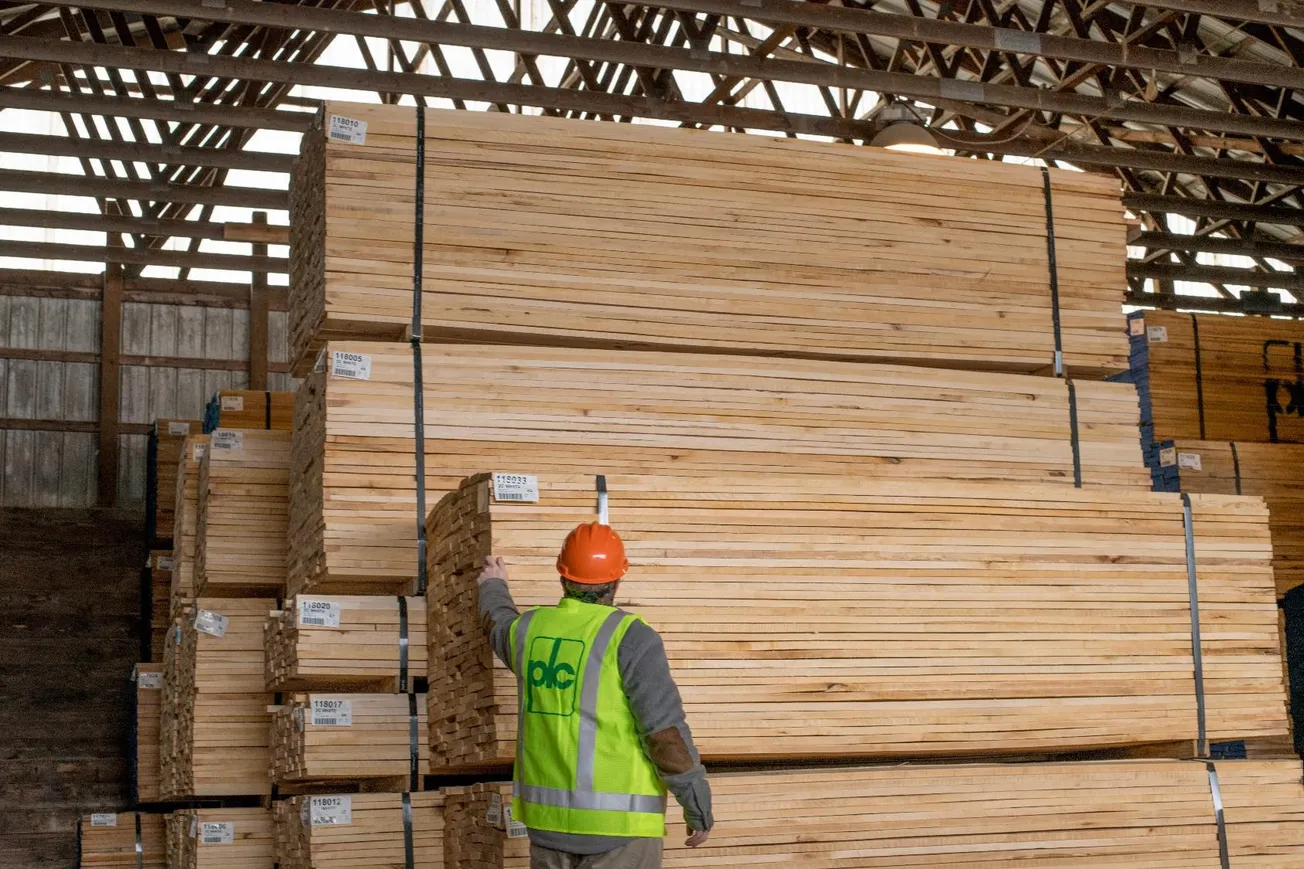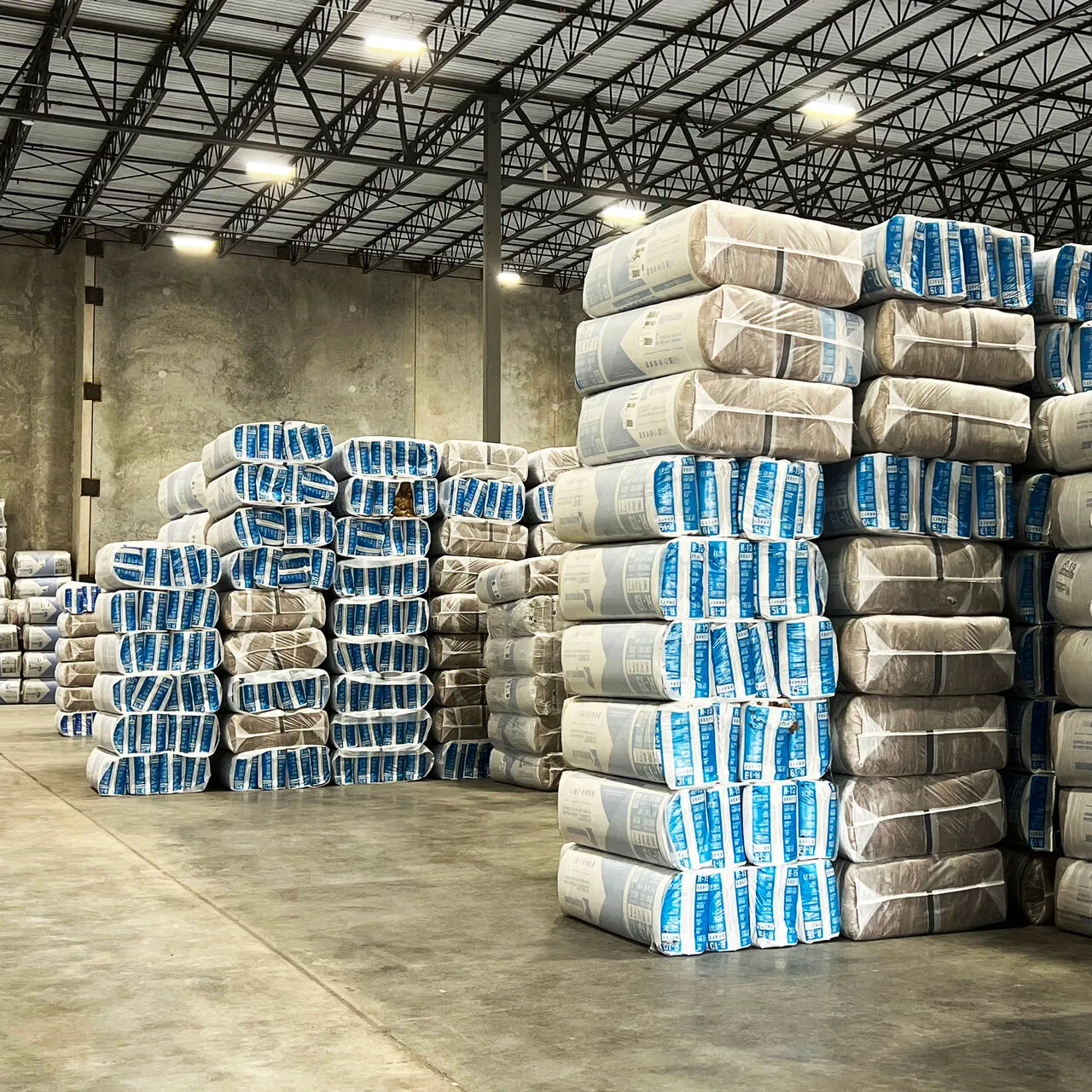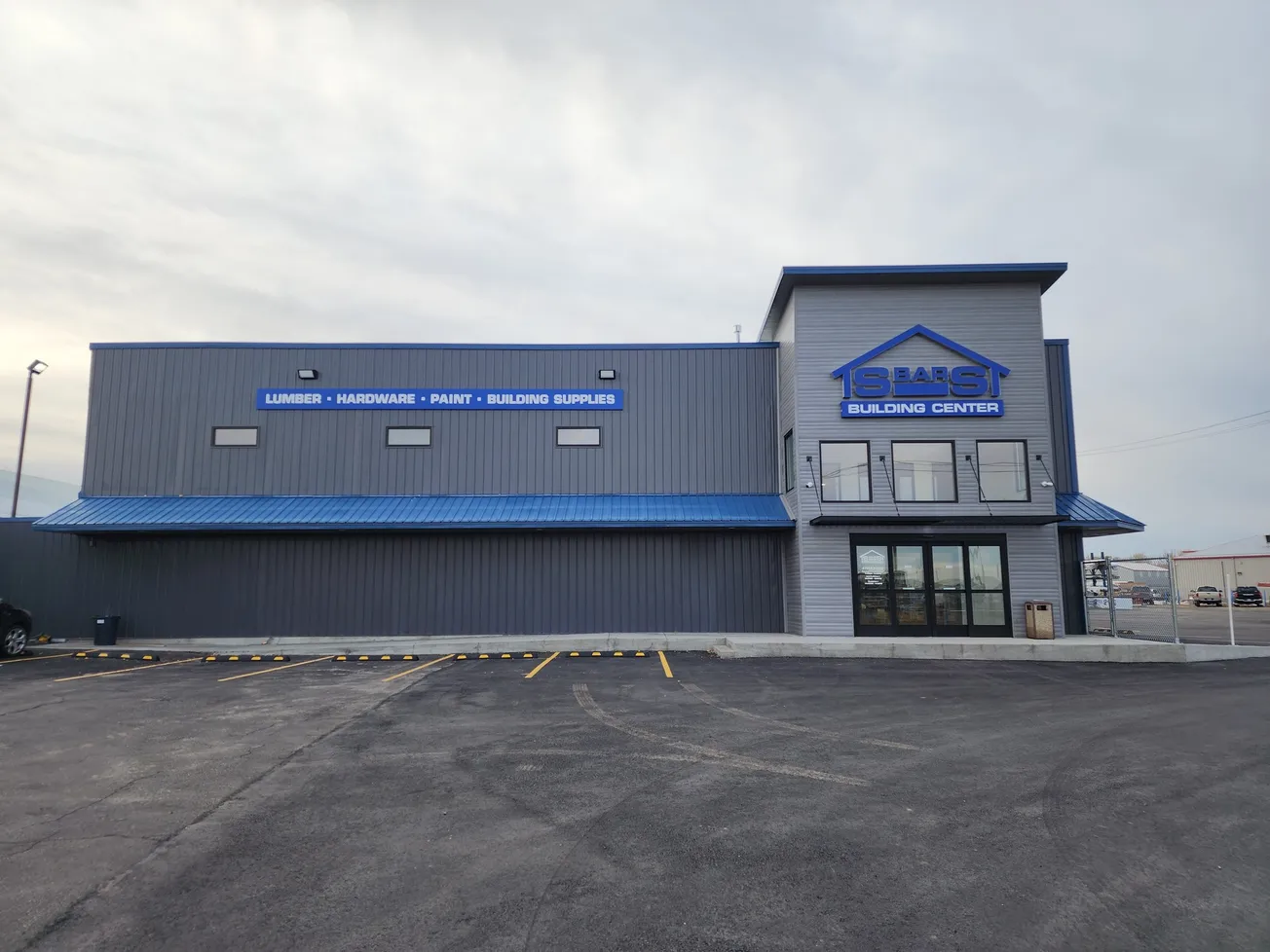Table of Contents
The hits keep coming. Recent years have seen what feels like an unprecedented onslaught of wildfires, hurricanes, beetle infestations, and other calamities that have downed millions of trees.
Unfortunately, far too much of the downfall is never salvaged for use as lumber or other wood products, and is instead left to rot or quickly pulverized in a chipper, to “make the problem go away.”
What can the industry do to increase the reclamation rate of disaster-damaged wood?
A Short Window of Opportunity
Before joining the Southern Forest Products Association in 1997, SFPA executive director Eric Gee worked as a forester for a south-wide private forest management consulting company. He is a Society of American Foresters Certified Forester and Alabama Registered Forester.
He cites several explanations for why only a fraction of downed timber is utilized as lumber products. “Natural disasters can be particularly challenging for timberland owners,” Gee said. “There is a short window of opportunity for salvaging downed or damaged timber before fallen timber loses any residual value. Combined with the challenges of harvesting/removing timber that is oriented in many different directions and establishing harvesting operations in a wide disaster area that is limited to normal infrastructure like clear roads, labor, and fuel; salvage operations can often be a secondary concern to recovery. If timber can be salvaged and delivered to a sawmill for processing, there is no guarantee it will even yield the expected grades.”
What happens to the rest? “Woody debris collected after a major event, especially in urban areas, is brought to concentration yards where it may be sorted and ground up using large grinders, turning the debris into mulch for easier decomposition and disposal,” Gee said. “Wood that is unable to be salvaged remains on-site, decaying and providing nutrients to the soil for the remaining vegetation.”
Sadly, these trees can be hundreds of years old—containing beautiful wood that could be turned into lumber, siding, furniture—but instead are destroyed either because the salvage agencies lack either the patience or the insight to know what to do next.
Salvage Solutions
Fortunately, some reclaimed woods companies across the country have begun banding together to offer solutions. First off, Urban Lumber Market is currently developing an inventory management app and marketing platform to keep track of how much disaster-damaged timber is salvaged. The app will track the total board footage of urban and salvaged wood (and chart the reason for the removal and all of the backstory of the wood through their internal program, AncesTREE) as well as the total carbon stored or diverted from the waste-stream. This is being tested now and very near completion—this will provide the industry with some of the answers it has been searching for.
The second challenge is education—of the public as well as architects, designers and builders of the potential from this overlooked resource. “We believe if the public is made aware of this wood and the environmental benefits of it as well as the beauty, that they will choose this wood over imported woods,” said Jennifer Alger, CEO of Far West Forest Products, Sheridan, Ca.
After helping to launch the 501c3 Urban, Salvaged and Reclaimed Woods Inc., Alger later realized there were other small factions of networks around the country all operating under different names with similar purposes, but no consistent messaging or focus. In 2020, she helped form one united group—the Urban Wood Network (UWN).
“We are still growing, but we are working on helping cities, municipalities and other large tree owners develop written policy as to what to do when trees are removed due to death, disease, wildfire or other natural disaster and construction,” said Alger, who serves as executive director. “These policies will ensure that there are processes in place and they have coordinated with local networks for these eventualities instead of scrambling when they occur and there are so many other things to think about.”
UWN is working to set up chapters in each state and to have a presence across all of North America. It works closely with and is supported by state forestry departments and the U.S. Forest Service.
Additionally, as UWN reached out to wood specifiers, architects and designers, it identified a need for certification so suppliers can verify the history and chain-of-custody of the wood. “They also want to know how many miles it traveled and other info for LEED certification,” Alger said. “So we in the industry wrote urban wood standards so we now have USRW Certified Urban Wood. These standards include best business practices, moisture content and labeling guidelines, special grading system to minimize waste and more. This will allow for urban salvaged wood to be incorporated into more buildings and utilized in a far greater way than ever before. As our cities grow and population increases, more and more people live in an urban environment and many of the disasters and wildfires are within them and we need to consider and respect the natural wood resource that comes from these areas.”
The overriding goal is to make sure less wood is wasted after being struck down by disaster or disease.
SFPA’s Gee does see a silver lining amid the destruction of recent years. “While the damage was not insignificant, especially to the timberland owners’ assets, the good news is that forests are highly resilient,” he said. “The logging community and foresters assist in accelerating the recovery by clearing stands and replanting forests. The best defense against significant natural disasters is to practice good silviculture and forest management.”









